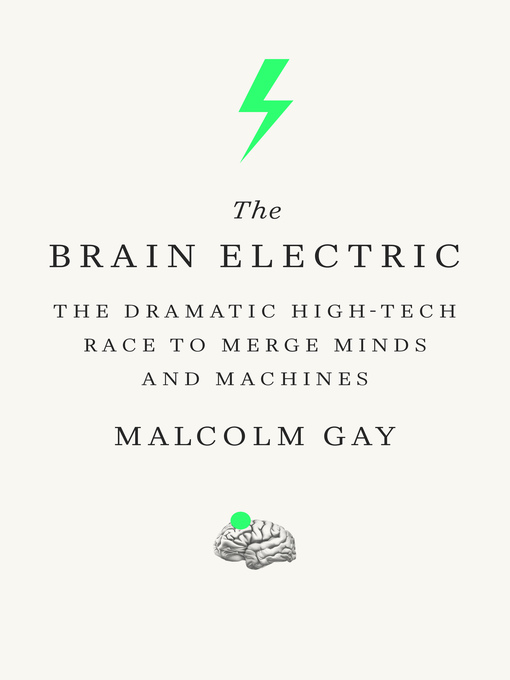
The Brain Electric
The Dramatic High-Tech Race to Merge Minds and Machines
مسابقه فنآوری پیشرفته دراماتیک برای افزایش معادن و ماشینآلات
کتاب های مرتبط
- اطلاعات
- نقد و بررسی
- دیدگاه کاربران
نقد و بررسی

August 17, 2015
Journalist Gay observes the brilliant, fiercely competitive, and unnervingly entrepreneurial neuroscientists who seek the means to bring humans one step closer to the transhuman realm. These researchers (many of whom receive Defense Department funding or have their own startups) implant electrodes in subjects’ brains to allow thoughts to control computers, prosthetic limbs, and potentially even human exoskeletons. Gay breathlessly but expertly recounts one experiment, which took place around the year 2000, that marked a milestone in the revolutionary new technology of neuroprosthetics: scientists successfully connected a rat’s brain to a computer, allowing the rat to produce a chemical reward by means of thought alone. Though he clearly admires these men (and all the scientists he profiles are men), Gay has done his homework. His graphic but comprehensible descriptions of struggles with devices of Rube Goldbergian complexity make it clear that this technology is still largely confined to the lab. Gay is reassuringly skeptical of the tabloid-style hype surrounding neuroprosthetics, but he makes a convincing case that, sooner rather than later, neuroprostheses will become more commonplace.

September 15, 2015
To most, the notion of joining the human mind to a machine exists only in science fiction, yet revolutionary research combining medicine and technology has moved past proof of concept to demonstrate potentials for life-altering cures and military applications. First-time author Gay tells the emotional tale of scientific efforts in which neural implants, brain mapping, and advanced technology allow humans to control computers with their minds and instruct, for example, a prosthetic arm to hold someone's hand. While brimming with extensive and well-cited research studies, scientific background, and current events, the book comprises a collection of stories. Readers will get to know the medical researchers advancing the field. They will also meet the courageous volunteers participating in medical experiments, whose experiences of living with debilitating seizures, amputated limbs, paralysis, and even locked-in syndrome highlight the significance pursuing this type of research. VERDICT This is the first work on the subject for the general audience except for a few memoirs by patient-volunteers. The human side moves the narrative forward and will engage not just science readers but those who love inspiring people.--Heidi Uphoff, Sandia National Laboratories, NM
Copyright 2015 Library Journal, LLC Used with permission.

October 1, 2015
The Six Million Dollar Man, a popular mid-1970s TV show, featured the astounding exploits of an injured astronaut who was rebuilt with bionic implantsan eye, an arm, and both legs. What seemed far-fetched and at times cartoonish back then is now on the verge of reality. Journalist Gay reports on dazzling research involving a brain-computer interface and a brain-controlled robotic arm. Readers are introduced to both ambitious scientists and patients with daunting neurologic problems, including physical paralysis and recurrent seizures. Technology, in the form of implants and electrodes, that seemingly melds machine with the human body is already in use: cochlear implants for deafness, deep-brain stimulation for Parkinson's disease or tremor, and retinal implants with microelectrodes countering severe vision loss. One neurosurgeon declares, Machines are becoming more and more enmeshed in our personal sense of ourselves. Once implanted, these devices are indeed us. The Brain Electric convincingly illuminates the ways current biomedical research and breakthroughs in neuroprosthetics are steadily gaining ground on what was once wild science fiction.(Reprinted with permission of Booklist, copyright 2015, American Library Association.)

























دیدگاه کاربران